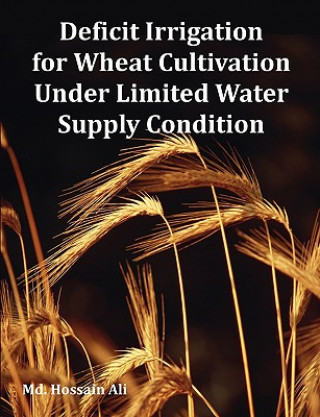
Kod: 08765794
Deficit Irrigation for Wheat Cultivation Under Limited Water Supply Condition
Autor MD Hossain Ali
Vertical and horizontal expansion of irrigated agriculture to feed the increasing population has contributed to excessive groundwater withdrawal and affected the availability of water in terms of both quality and quantity. To sust ... więcej
- Język:
 Angielski
Angielski - Oprawa: Miękka
- Liczba stron: 200
Wydawca: Dissertation.com, 2008
- Więcej informacji o książce

Bon podarunkowy: Radość gwarantowana
- Podaruj bon o dowolnej wartości, a my się zajmiemy resztą.
- Bon podarunkowy dotyczy całej naszej oferty.
- Możesz wydrukować elektroniczny bon z e-maila a następnie przekazać go obdarowanemu.
- Ważność bonu wynosi 12 miesięcy od daty wystawienia.
Więcej informacji o Deficit Irrigation for Wheat Cultivation Under Limited Water Supply Condition
Za ten zakup dostaniesz 84 punkty
 Opis
Opis
Vertical and horizontal expansion of irrigated agriculture to feed the increasing population has contributed to excessive groundwater withdrawal and affected the availability of water in terms of both quality and quantity. To sustain agricultural growth, strategic measures should be adopted to reduce water consumption while minimizing adverse effect on yield. The effect of deficit irrigation on wheat yield was studied in three consecutive years (2002-03 to 2004-05) in field and pot. Ten irrigation treatments were imposed in a randomized complete block (RCB) design covering full deficit, no deficit at all, single deficit at different stages, and alternate deficits. Water deficit was created by withholding irrigation at different growth stages. The results indicate that deficit irrigation strategies affected all aspects of plant growth (leaf area index, chlorophyll content, root growth, nutrient uptake, plant height) adversely. Yield attributes were affected by deficit irrigation treatments although they are not statistically significant in all cases. Differences in grain and straw yield among the partial- and no-deficit treatments were small, and statistically insignificant in most cases. When compared within single-deficit treatments, the grain yield reduction was in the order to water deficit at phases: CRI> maximum tillering > booting - heading >flowering- soft dough. The crop coefficient (kc) under different ET0 methods for early, crop development, middle, and late period ranged from 0.54 to 0.96, 0.95 to 1.36, 1.2 to 1.62, and 0.68 to 1.05, respectively. On average, yield response factor (ky) for early, maximum tillering, booting-heading, and flowering-soft dough stages was 0.27, 0.21, 0.25, and 0.17, respectively. The sensitivity index (?i, of Jensen model) for early, vegetative, booting-heading, and flowering-soft dough phases was 0.35, 0.22, 0.31, and 0.14, respectively. From the evaluation of yield, irrigation amount, irrigation water productivity, relative water savings, relative yield reduction, and maximum profit under limited water resource condition, it can be concluded that when limited quantities of water is available, preference should be given to irrigate first at CRI (if one irrigation is available), then at CRI and booting-heading (if two irrigations are available), and next at CRI, maximum tillering and booting-heading (if three irrigations are available) stages of growth.
 Szczegóły książki
Szczegóły książki
Kategoria Książki po angielsku Technology, engineering, agriculture Agriculture & farming Agricultural engineering & machinery
144.15 zł
- Pełny tytuł: Deficit Irrigation for Wheat Cultivation Under Limited Water Supply Condition
- Autor: MD Hossain Ali
- Język:
 Angielski
Angielski - Oprawa: Miękka
- Liczba stron: 200
- EAN: 9781599426860
- ISBN: 9781599426860
- ID: 08765794
- Wydawca: Dissertation.com
- Waga: 367 g
- Wymiary: 246 × 189 × 11 mm
- Data wydania: 30. November 2008
Ulubione w innej kategorii
-

Massey Ferguson 35 Tractor - Workshop Service Manual
70.41 zł -23 % -

Farm Machinery
93.07 zł -23 % -

Fordson Dexta 957E's 1957-64
40.49 zł -23 % -
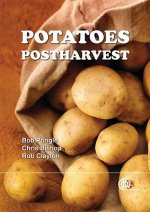
Potatoes Postharvest
651.36 zł -10 % -

Tractor Book
116.24 zł -23 % -

World-wide Guide to Massey Ferguson 100 and 1000 Tractors 1964-1988
138.91 zł -23 % -

Agricultural Water Management
691.96 zł -

Greywater, Green Landscape
73.43 zł -5 % -
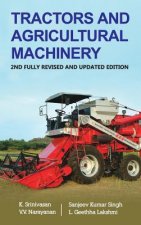
Tractors and Agricultural Machinery
541.46 zł -

Farm Tractors
285.78 zł -

Complete Book of Farmall Tractors
182.63 zł -11 % -

John Deere Story
111.71 zł -5 % -
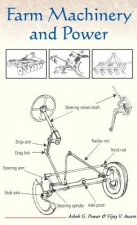
Farm Machinery and Power
503.38 zł -

Introduction to Agricultural Engineering Technology
586.29 zł -

Combine Harvesters
488.37 zł -

Ransomes Sims & Jefferies
93.07 zł -23 % -

Artificial Intelligence for Biology and Agriculture
868.66 zł -

Irrigation Systems Engineering
623.36 zł -

Harry Ferguson
70 zł -23 % -

Threshing Machines
129.74 zł -23 % -

Traktoren 2025 - Broschürenkalender 30x30 cm (30x60 geöffnet) - Kalender mit Platz für Notizen - Tractors - Bildkalender - Wandplaner - Wandkalender
30.92 zł -9 % -
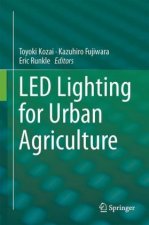
LED Lighting for Urban Agriculture
1050.99 zł -
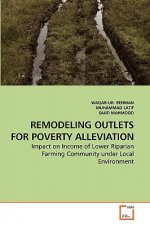
Remodeling Outlets for Poverty Alleviation
253.25 zł -
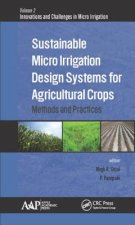
Sustainable Micro Irrigation Design Systems for Agricultural Crops
808.41 zł -
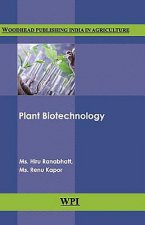
Plant Biotechnology
1239.17 zł -
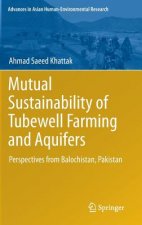
Mutual Sustainability of Tubewell Farming and Aquifers
564.63 zł -
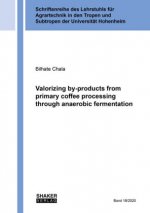
Valorizing by-products from primary coffee processing through anaerobic fermentation
136.09 zł -5 % -

Ford Tractor Story: Part 1: Dearborn to Dagenham 1917-64
137.19 zł -

Tales of the Dolly Llama
76.35 zł -

Drip Irrigation
1098.54 zł -9 % -

Gene Hunters
281.75 zł -
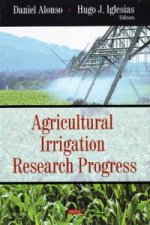
Agricultural Irrigation Research Progress
927.59 zł -22 % -

Handbook of Drainage Systems
516.78 zł -

Pillar of Sand
101.84 zł -
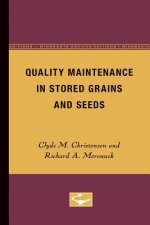
Quality Maintenance in Stored Grains and Seeds
226.55 zł -
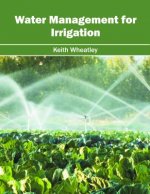
Water Management for Irrigation
644.61 zł -
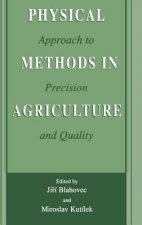
Physical Methods in Agriculture
868.66 zł -
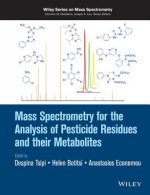
Mass Spectrometry for the Analysis of Pesticide Residues and their Metabolites
659.22 zł -
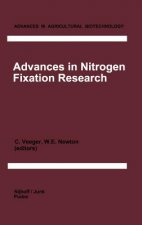
Advances in Nitrogen Fixation Research
285.78 zł -
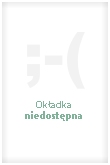
Yield Response to Water
146.56 zł -
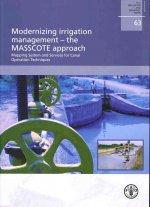
Modernizing irrigation management
363.76 zł -

Capacity Development in Irrigation and Drainage,Issues,Challenges and the Way Ahead
258.18 zł -

Irrigated Eden
165.80 zł -
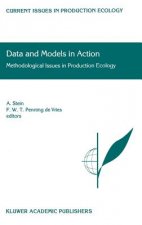
Data and Models in Action
868.66 zł -
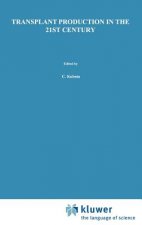
Transplant Production in the 21st Century
1122.01 zł -
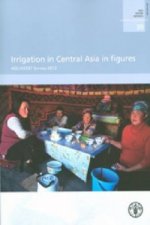
Irrigation in Central Asia in Figures
291.02 zł -

Perspectives on Polavaram
231.89 zł -
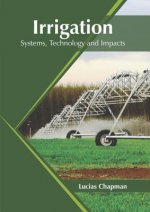
Irrigation: Systems, Technology and Impacts
584.88 zł -
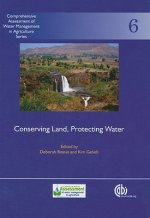
Conserving Land, Protecting Water
1070.94 zł
zadowolonych klientów
Od roku 2008 obsłużyliśmy wielu miłośników książek, ale dla nas każdy był tym wyjątkowym.
Copyright! ©2008-24 libristo.pl Wszelkie prawa zastrzeżonePrywatnieCookies



 21 milionów książek
21 milionów książek Dostawa 10.99 zł
Dostawa 10.99 zł (32) 444 93 66 (8-15.30h)
(32) 444 93 66 (8-15.30h)